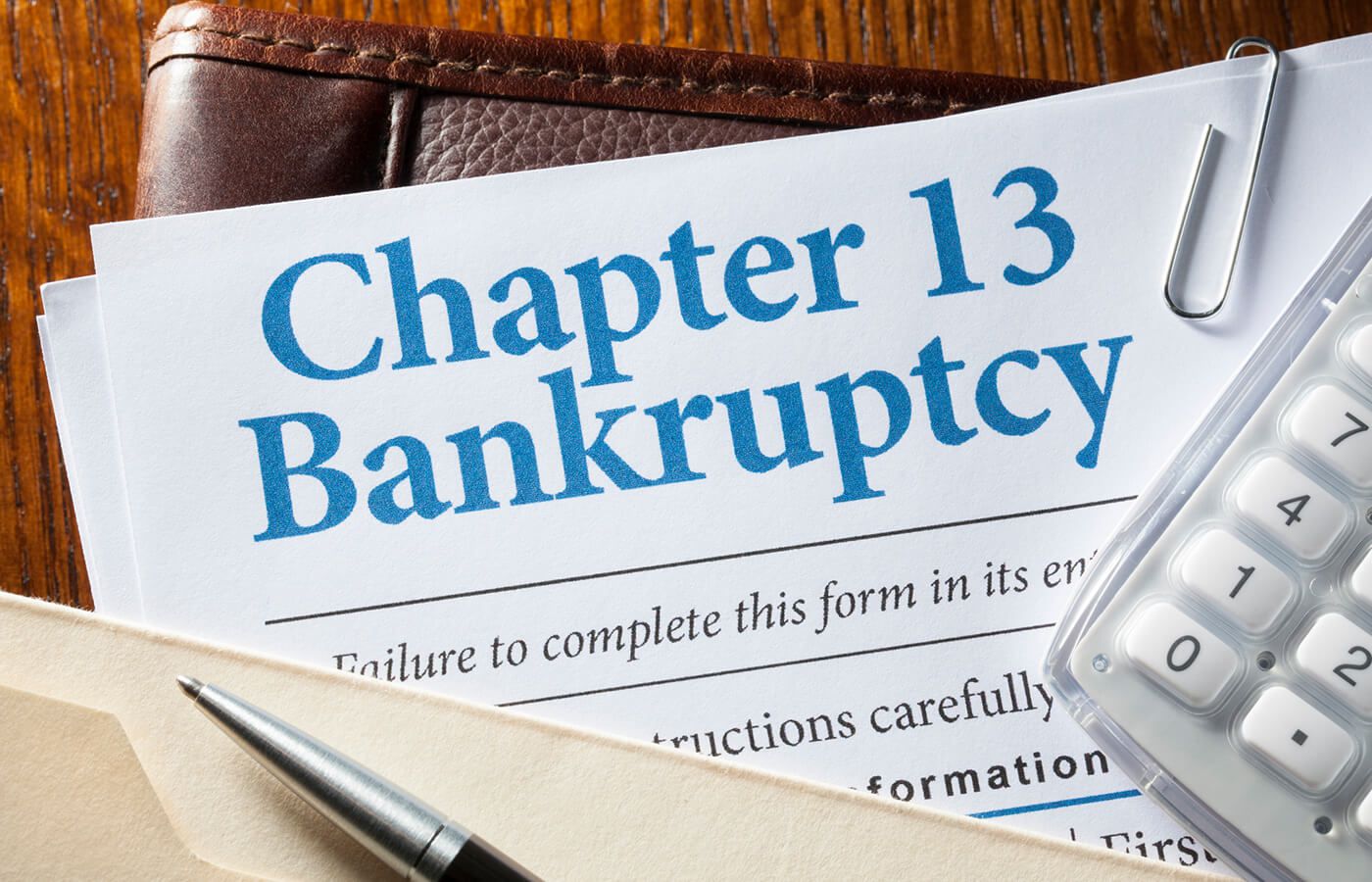Chapter 13 bankruptcy is a process that protects people who are deeply in debt but have enough income to make full or partial payments to their creditors. Chapter 13 bankruptcy, often known as reorganisation bankruptcy, requires monthly payments for three or five years, after which many outstanding obligations are discharged.
Chapter 13 bankruptcy functions as a debt relief avenue where you make payments to creditors over a period of three to five years. After this period, any remaining eligible debts are discharged or canceled. That’s the fundamental process of how it operates.
Key Features and Benefits of Chapter 13 Bankruptcy
Debt Repayment Plan
One of the primary features distinguishing Chapter 13 bankruptcy is the formulation of a debt repayment plan spanning three to five years. This comprehensive plan outlines how the debtor will systematically repay creditors, usually through manageable monthly installments overseen by a court-appointed trustee. can you file bankruptcy 3 times so point it is during our lifetime, you can file for bankruptcy protection as many times as you need it.
Asset Protection
In contrast to Chapter 7 bankruptcy, Chapter 13 allows debtors to retain their assets while repaying debts. This crucial distinction ensures a more lenient approach to debt restructuring, preserving the ownership of properties and valuable possessions.
Halt to Foreclosure or Repossession
Upon filing for Chapter 13 bankruptcy, immediate halting of south carolina foreclosure attorney proceedings on homes and cessation of asset repossession takes effect. This pause provides debtors with a vital window to reorganize their financial situation and work towards resolving debts.
Co-Debtor Stay
An intriguing facet unique to Chapter 13 is the co-debtor stay provision, safeguarding individuals who have co-signed debts with the debtor from creditor actions during the repayment period. This provision offers additional protection to those connected to the debtor’s financial obligations.
How Does Chapter 13 Bankruptcy Work?
Chapter 13 is a section of federal bankruptcy law meant to give individuals, married couples, and organisations suffering overwhelming debts a fresh start. Chapter 13 bankruptcy, like other types of bankruptcy, protects debtors from lawsuits, wage garnishments, and other collection procedures used by creditors to recover unpaid debts. While Chapter 13 can eventually erase many debts, certain commitments are not dischargeable.
This type of bankruptcy is intended for individuals and couples who have sufficient financial resources to repay creditors in full or in part over time. Assets that can be sold to pay off debts and disposable income (profits left over after paying for essential living expenses) are examples of resources. Monthly payments under Chapter 13 repayment arrangements are limited to no more than 15% of your disposable income.
Filing for Chapter 13 Bankruptcy
Eligibility Criteria
To initiate a Chapter 13 bankruptcy filing filing bankruptcy in sc, individuals must meet specific eligibility criteria. This typically includes having a steady income that ensures the feasibility of a repayment plan to address outstanding debts.
Filing Procedures
Credit Counseling
Prior to filing for bankruptcy, individuals are required to undergo credit counseling from a court-approved agency within a designated timeframe of 180 days. This counseling session aims to explore potential alternatives to bankruptcy and equip individuals with essential financial management skills.
Petition and Documentation
Commencing the Chapter 13 bankruptcy process involves filing a petition that includes intricate financial details. Comprehensive documentation is essential, encompassing a detailed list of assets, liabilities, income, and expenses. Accuracy and completeness in these documents significantly influence the success of the filing.
Development of Repayment Plan
Once the petition is filed, a meticulous repayment plan is formulated, outlining the strategy for repaying debts over the specified period. This plan must undergo court approval and should be realistic and sustainable, aligning with the debtor’s income and expenses.
Confirmation and Execution
Upon approval, the repayment plan becomes operational, and strict adherence to the outlined payment schedule is mandatory. Oversight of the plan’s execution is entrusted to the court-appointed trustee, responsible for ensuring compliance and the equitable distribution of payments to creditors.
Chapter 13 bankruptcy stands as a viable avenue for individuals seeking to restructure their debts while safeguarding their valuable assets. Through its structured repayment plan and asset protection provisions, this chapter offers a tangible path toward achieving financial stability for qualified individuals facing overwhelming debt burdens.







